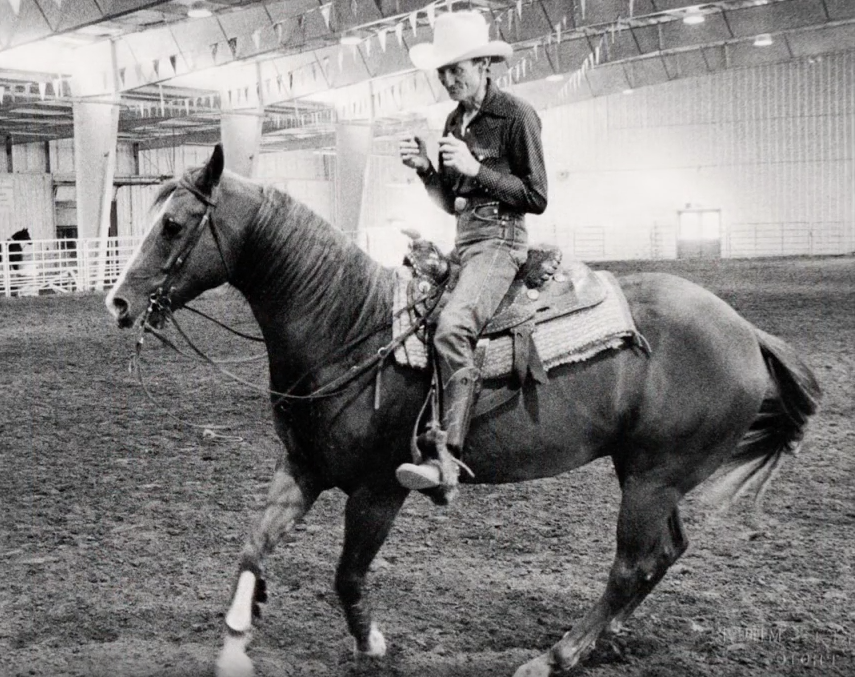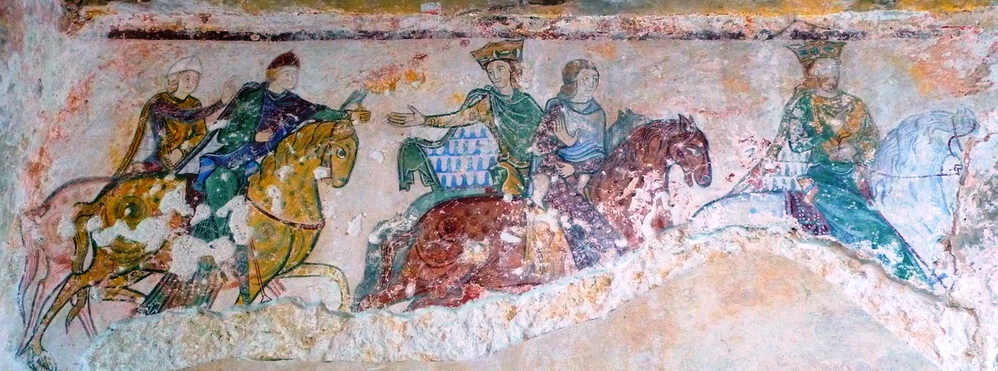
(NOTES FROM KM: Western master of lightness Roy Allen Yates (1930-2010) rode into my awareness on his QH stallion Tidys Chirp in San Juan Capistrano almost 20 years ago. He was giving a weekend clinic and it was an eye opener for certain. Trained by Roy, Tidys Chirp happened to be an AQHA Performance Champion with Superior Awards in Reining, Western Riding and Western Pleasure as well as a Register of Merit in Trail. At that time, Tidys Chirp held (and still may hold) the world record for the longest sliding stop of 66 feet. In a western saddle and western curb bridle, first Roy did a demonstration of reining and then he put Tidys Chirp to the sliding stop. They kept sliding and sliding until I thought they might go out the arena on the other end. Roy then excused himself for a 10-minute break, and to our amazement re-entered the arena on a proudly prancing Tidy’s Chirp tacked up in a dressage saddle, double bridle and dressage whip, and together they treated us to a demonstration of classical dressage, although I didn’t know what that was at the time. The horse was in perfect self-carriage, which I also didn’t know anything about at the time.)




